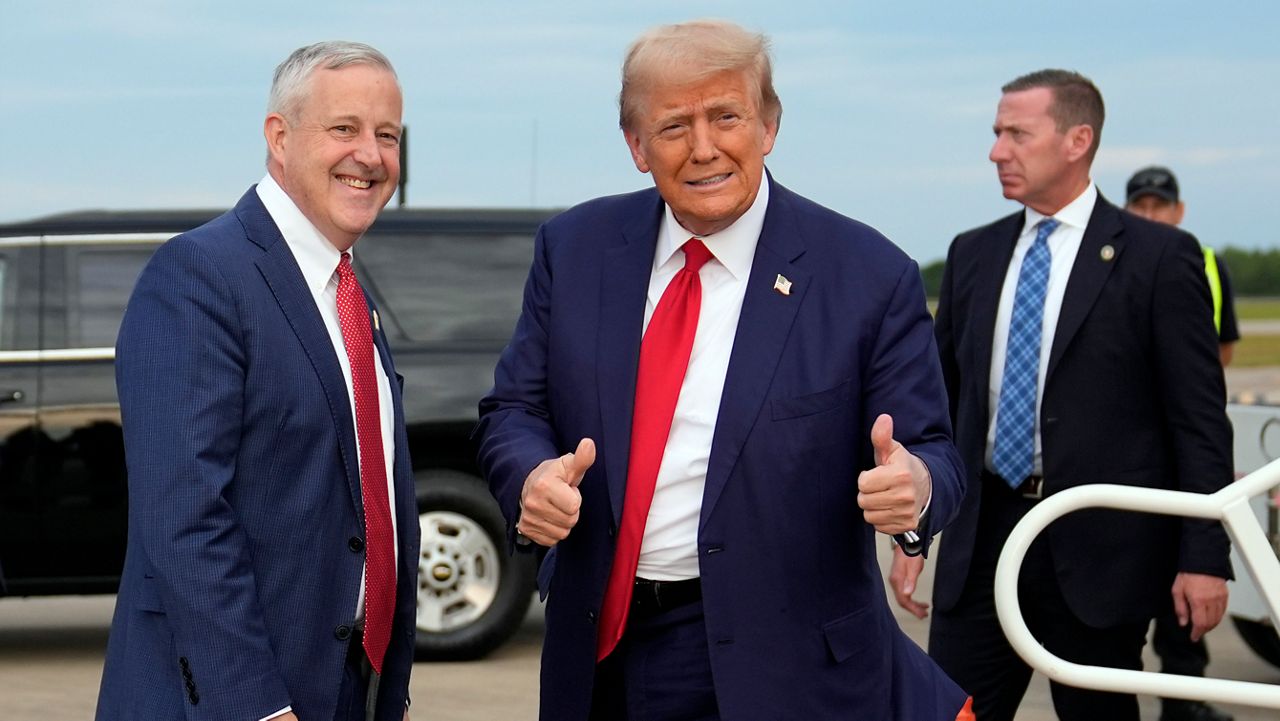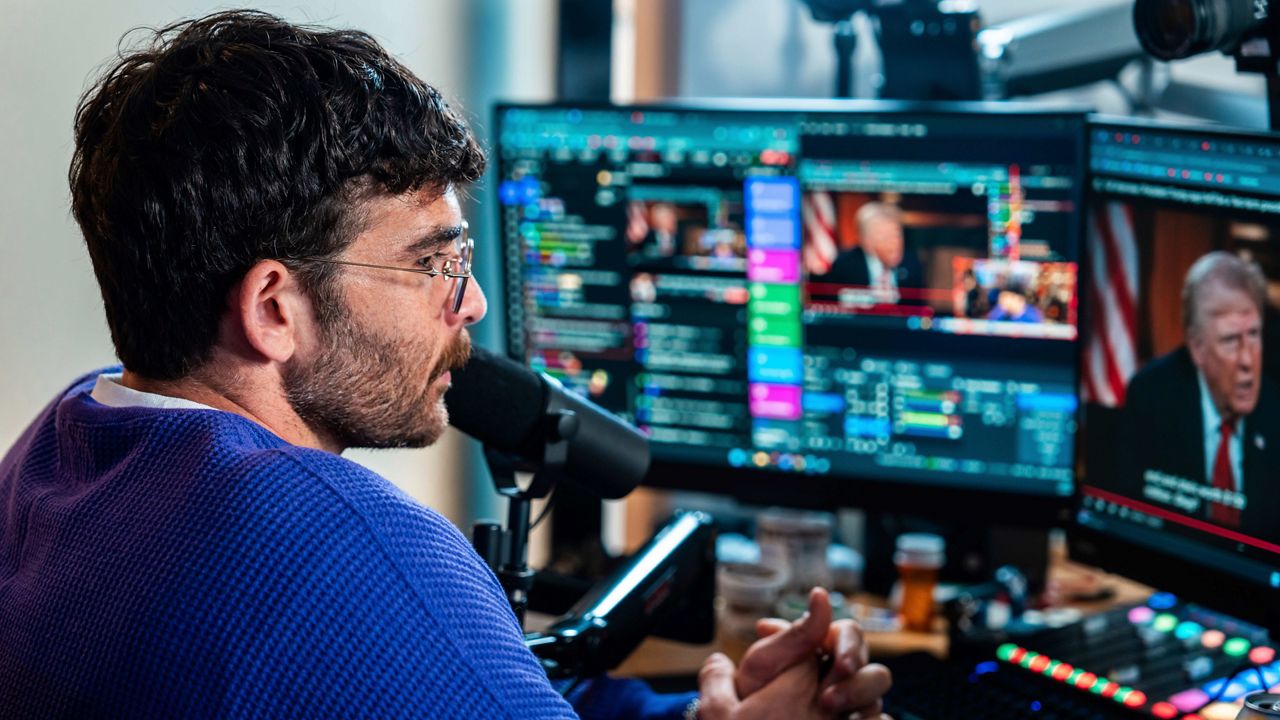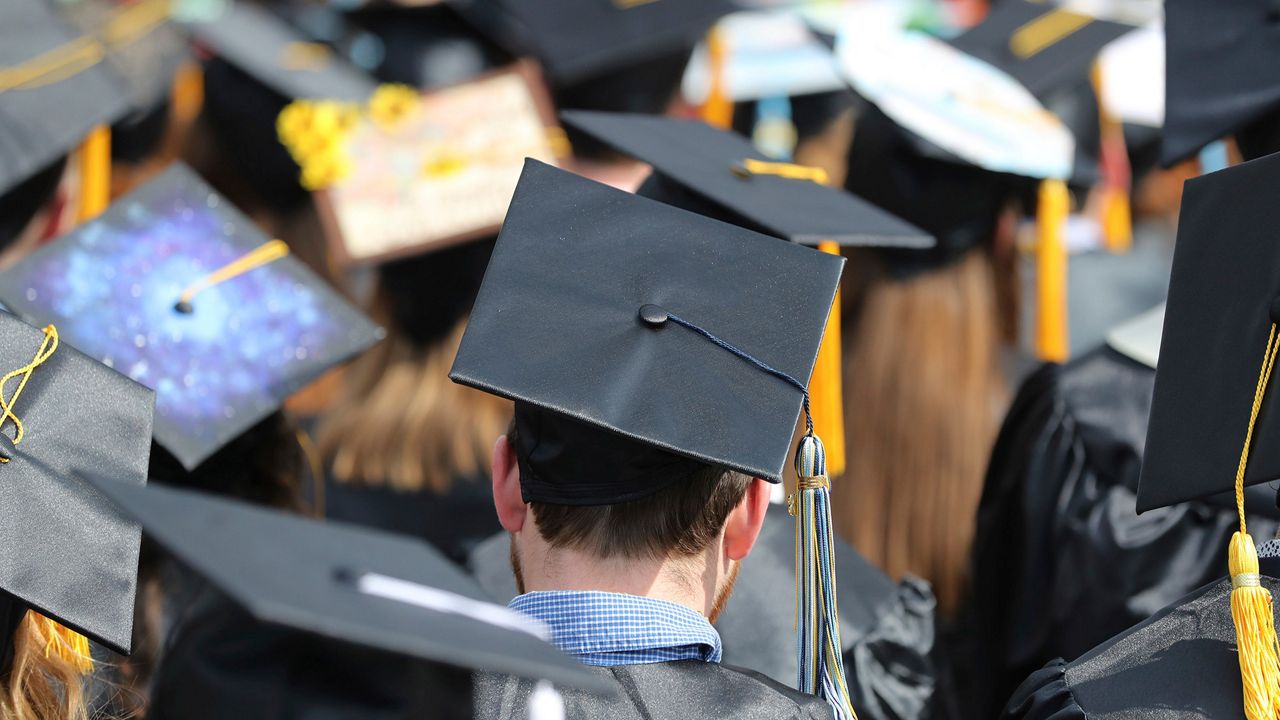Seventy-three years after Hiroshima, Japan, was leveled in an atomic explosion, the city recently hosted world leaders at the G-7 summit. Survivors of the bombing implored the leaders to ensure the devastation is never repeated.
But a leading nuclear war watchdog has determined the risks of nuclear war are the highest since it began counting, two years after the United States dropped bombs on Hiroshima and Nagasaki in 1945. The Bulletin of the Atomic Scientists points to the perils of war between the nuclear-armed Russia, and Ukraine, which the nuclear-armed NATO is supporting.
“We are kind of in this danger zone,” said Sharon Squassoni, a professor at the Elliott School of Public Affairs at The George Washington University who helped make that determination.
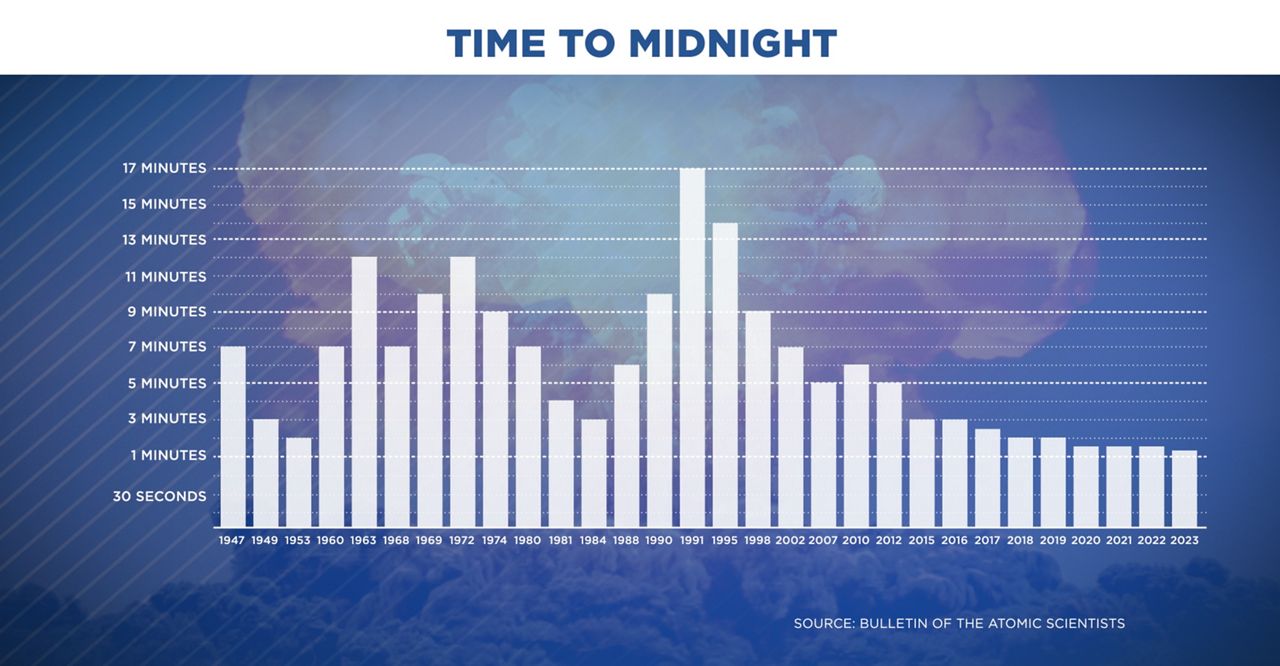
In January, the “Doomsday Clock” was set at 90 seconds to midnight -- midnight defined vaguely, if disturbingly, as “an atmosphere where civilization is no longer possible or where great swaths of it's going to be a world in which you are not going to want to live,” in Squassoni’s definition.
The number had never been higher, not even in the depths of the Cold War.
The Ukraine war, and Russian leader Vladimir Putin’s nuclear saber-rattling, was seen as the main driver of the added vigilance. Earlier this month, Russia and its neighbor Belarus formalized a deal to deploy Moscow’s tactical nuclear weapons there. Putin says the move followed the U.S. basing nuclear weapons in such countries as Turkey, Italy, Belgium and Germany.
Organizers of the Doomsday Clock also cite climate change for the increased movement toward midnight.
“I think the main message to take away is that the situation is urgent and steps need to be taken,” Squassoni told Spectrum News.
But others wonder whether armageddon is really all that near.
Steven Pinker, an author whose new book argues progress is on the rise, says of the Doomsday Clock, “the underlying attitude seems to be let's just whip people into a lather of fear and dread.”
Pinker, a psychology professor at Harvard University, calls the clock’s accuracy “defective,” disputing the metrics used to determine its time to “midnight.”
“There always has to be some guesswork,” he said in an interview. “But right now, it has no relation at all to the degree of risk. I think a panel of experts whose goal was not ‘let's terrify people,’ but whose goal was ‘let's accurately quantify the risk,’ could do a better job.”
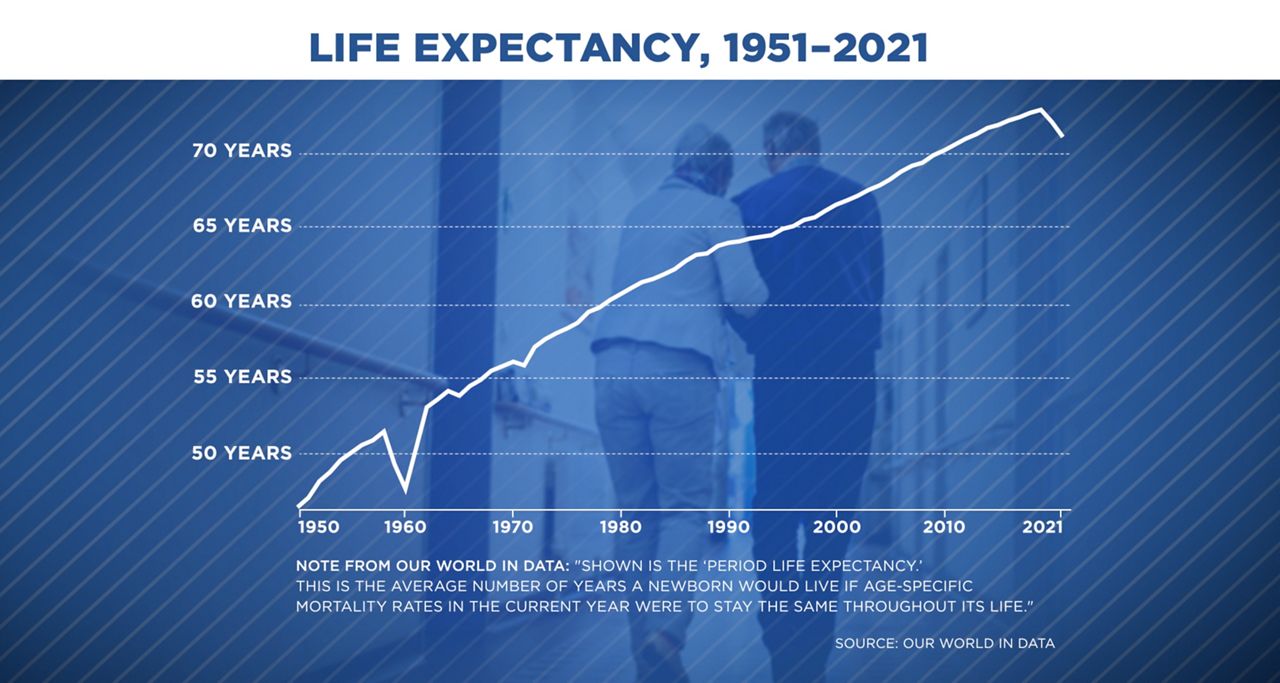
Despite the assessment that the world has been heading towards the apocalypse, lifespans have also generally improved over the decades. And the number of nuclear weapons has declined over time, but are still seen as more than sufficient to annihilate humanity.
Apart from the U.S. and Russia, nine countries are armed with nuclear weapons: the United Kingdom, France, China, North Korea, India, Israel and Pakistan. Three of those nations are members of the G-7, which in Hiroshima collectively called for “continued non-use of nuclear weapons, transparency and dialogue between nuclear and non-nuclear states.
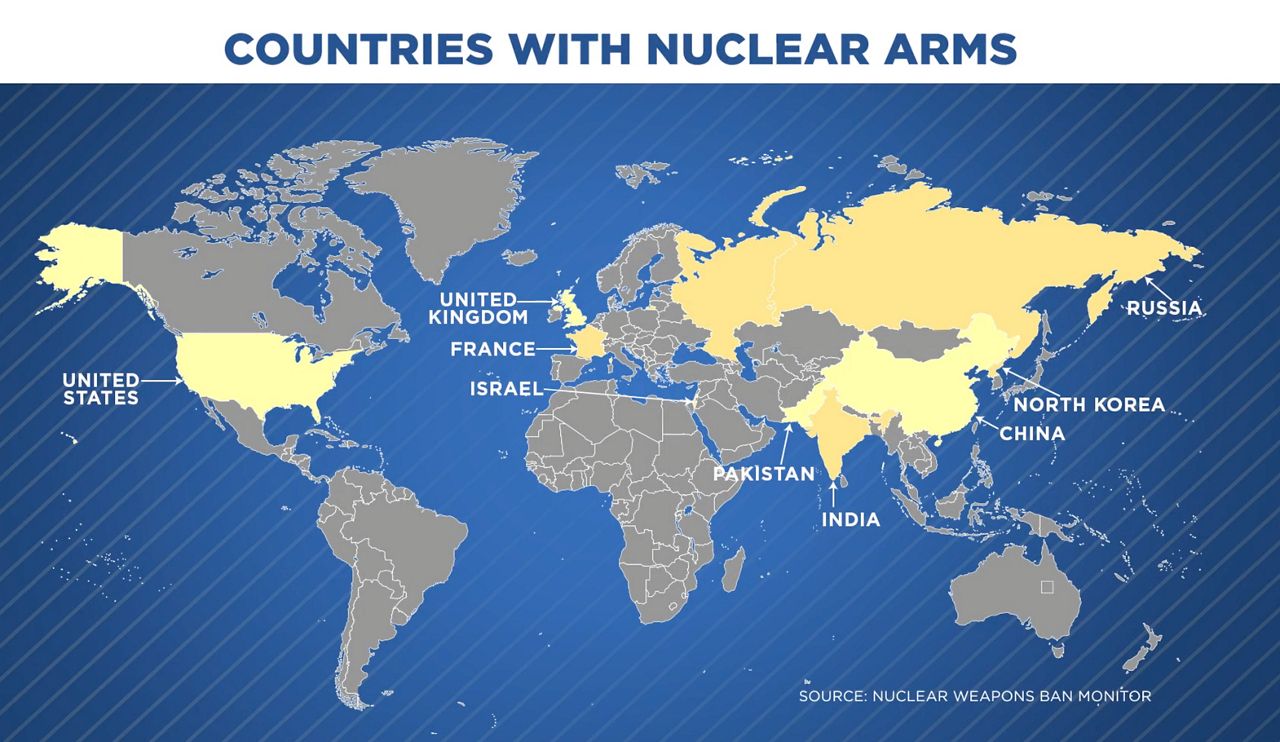
The joint statement also justifies weapons that “serve defensive purposes, deter aggression and prevent war and coercion.”
Ukrainian leader Volodymyr Zelenskyy attended the meeting, with leaders reiterating support for Kyiv. Squassoni says people should not conclude the Doomsday Clock’s warnings about nuclear war should take away from it the belief that fear of nuclear war should cause the U.S. to pull back from its support of Ukraine.
“It is absolutely not in anybody's interest that Russia simply subvert all of the rules of the so-called international order established after World War II,” she said. “What we are suggesting is that all of the channels for dialogue need to be heavily used.”
Squassoni also pushed back against the charge that the Doomsday Clock whips people into a “lather,” leading them to inaction because of the seeming futility of it all. She calls the Doomsday Clock a “meme," a visual tool created by a panel that includes Nobel laureates meant to spur more research and advocacy.
“Nobody wants to be painted as a Cassandra, ‘we're running around saying the sky is falling’” she said. “It is not just to scare people, but to alert them that there's a broad range of risks out there that we really need to pay attention to and put some effort against.
Still, she noted with a laugh, “I scare my family.”







_crop)
